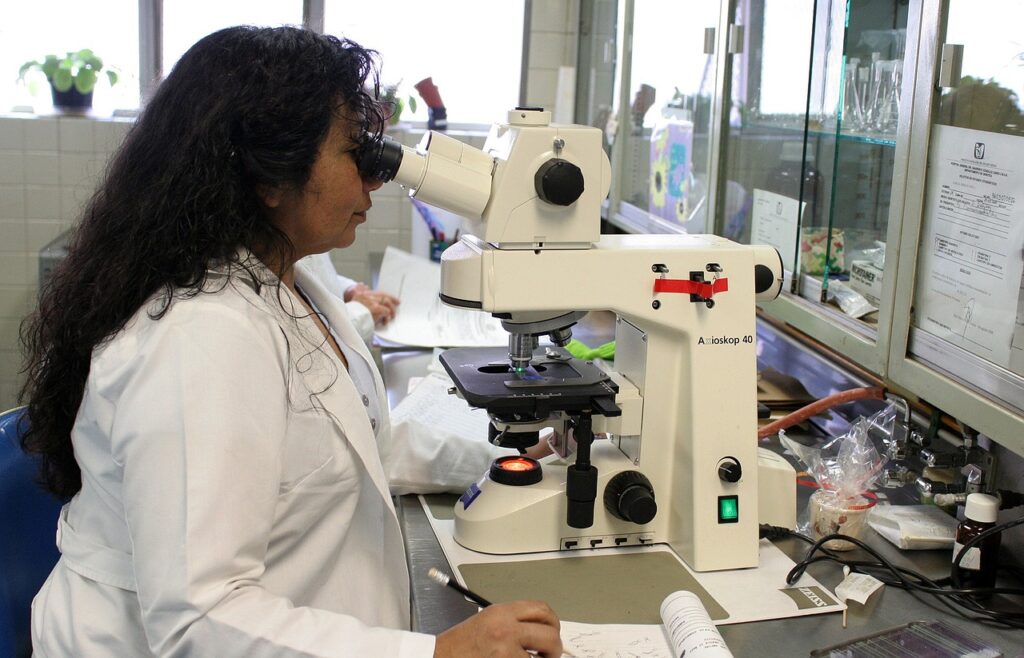
The Australian Terrier, often affectionately referred to as the “Aussie Terrier,” is a small but spirited breed that hails from the land down under. Known for their lively personality and unwavering loyalty, Australian Terriers have captured the hearts of dog lovers worldwide. In this article, we’ll take a closer look at this charming breed, delving into their history, distinctive characteristics, care requirements, and more. Whether you’re a seasoned dog owner or considering bringing one of these little gems into your life, this comprehensive guide will provide valuable insights.
Origins and History
The story of the Australian Terrier is a testament to their tenacity and adaptability.
A Breed Born from Necessity
- Pioneer Roots: Australian Terriers were originally bred in the early 19th century by Scottish and English settlers in Australia.
- Rat Catchers: Their primary role was to control vermin populations in the gold mines and farms of Australia.
Development and Recognition
- Crossbreeding: The breed’s ancestors include the Dandie Dinmont Terrier, Cairn Terrier, and Yorkshire Terrier.
- Recognition: The Australian Terrier was officially recognized by the American Kennel Club (AKC) in 1960.
Physical Characteristics
Despite their small size, Australian Terriers are packed with personality and charm.
Coat and Coloration
- Double Coat: They boast a rough double coat with a soft undercoat.
- Sandy or Red: Their coat colors are typically sandy or red with a distinct topknot.
Size and Build
- Compact and Sturdy: These dogs are small, standing about 9 to 11 inches tall and weighing between 14 to 16 pounds on average.
Temperament and Behavior
Understanding the Australian Terrier’s temperament is key to building a strong bond with these affectionate companions.
Lively Companions
- Playfulness: They are known for their lively and playful nature.
- Loyalty: Australian Terriers form deep bonds with their families.
Alertness
- Guarding Instincts: Despite their small size, they make excellent watchdogs and will alert their owners to potential threats.
Care and Health
Caring for an Australian Terrier involves a few specific considerations.
Diet and Nutrition
- Balanced Diet: Feed them high-quality dog food to support their overall health.
- Portion Control: Watch their calorie intake to prevent obesity.
Grooming
- Regular Grooming: Their rough coat should be brushed a few times a week to prevent matting.
- Trimming: Occasional trimming is required to maintain their tidy appearance.
Common Health Issues
- Patellar Luxation: This condition affects their kneecap and may require medical attention.
- Dental Care: Dental hygiene is essential due to their small jaw structure.
Training and Socialization
Australian Terriers are intelligent and eager to please, making training a rewarding experience.
Obedience Training
- Positive Reinforcement: Use positive reinforcement techniques for effective training.
- Consistency: Be consistent with commands and expectations.
Socializing Your Terrier
- Early Exposure: Introduce them to various people, pets, and situations to ensure they grow up well-adjusted.
- Reducing Aggression: Socialization can help mitigate aggressive behavior.
Conclusion
In conclusion, the Australian Terrier is a delightful and spirited breed that may be small in stature but is big on personality. Their history, distinctive appearance, and loving disposition make them a cherished addition to any family. With proper care, training, and attention, Australian Terriers can bring joy and companionship to their owners for many years to come.
FAQs
1. Are Australian Terriers good with children?
Yes, Australian Terriers can be great family pets and are generally good with children. However, early socialization and supervision are key to ensure a positive interaction.
2. Do Australian Terriers require a lot of exercise?
While they have energy to burn, their small size means they don’t need as much exercise as larger breeds. Daily walks and playtime suffice.
3. Are Australian Terriers prone to health issues?
Like all breeds, they can be prone to certain health issues, but responsible breeding and regular veterinary check-ups can help mitigate these concerns.
4. How do I groom an Australian Terrier?
Regular brushing, occasional trimming, and dental care are the primary grooming requirements for Australian Terriers.
5. Do Australian Terriers bark a lot?
They can be vocal and are known to bark when they sense something unusual. Proper training can help manage their barking behavior.
Access Now: Learn More About Australian Terriers
In this comprehensive guide, we’ve uncovered the delightful world of Australian Terriers, from their fascinating history to their charming characteristics and care needs. Whether you’re an experienced dog owner or considering inviting one into your family, you now have a deeper understanding of this endearing breed.


